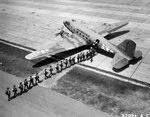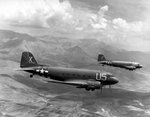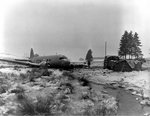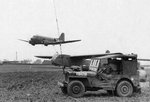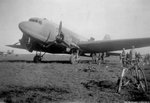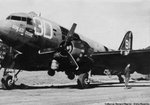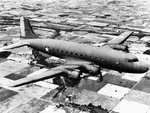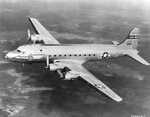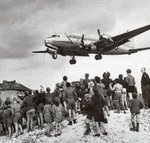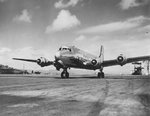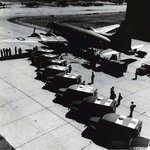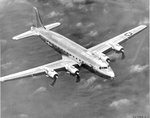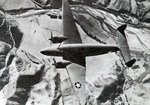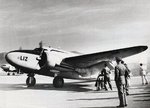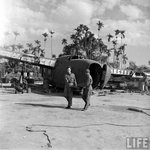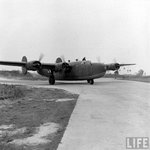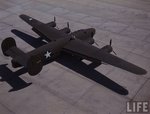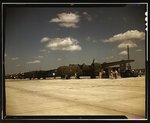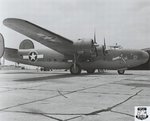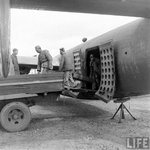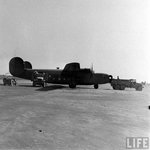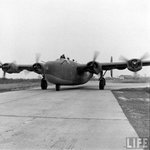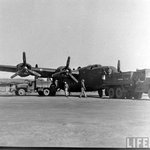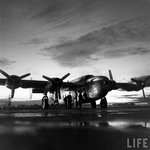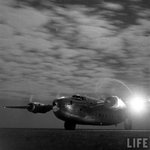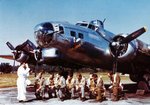- Thread starter
- #201
Used as a cargo transport to fly the notorious "Hump" over the Himalayas after the Japanese closed the Burma Road, and as a paratroop carrier in various campaigns from Normandy to New Guinea, the Douglas C-47 was one of the prime people movers of WWII where, in one form or another, it was manufactured by belligerents on both sides, after first having been licensed to Mitsui before the Japanese attack on Pearl Harbor, and to the Russians, who manufactured it under license as the Lisunov Li-2. During the war, Mitsui built their own version, via contract with the Showa and Nakajima companies, which built about 485 "Tabbys" (the code name given to the aircraft by the Allies) as the Showa L2D.
Known also as "Dakota" (British designation), R4D (U.S. Navy), "Skytrooper" and "Gooney Bird," the Douglas C-47 (USAAF) went through many modifications during its long service life, largely with respect to engine power ratings, but also with structural modifications for specific tasks like reconnaissance and navigation training. It was even tested as a floatplane, and as an engineless glider, a task it performed well, but too late in the war to matter. It was also used as a fighting machine as the AC-47D gunship ("Puff, the Magic Dragon") of the Vietnam war, where the plane was equipped with three modernized Gattling guns (General Electric 7.62mm "Miniguns," each mounted and firing from the port side) for use as a "target suppressor," circling a target and laying down massive fire to eliminate or at least subdue the enemy position.
Known also as "Dakota" (British designation), R4D (U.S. Navy), "Skytrooper" and "Gooney Bird," the Douglas C-47 (USAAF) went through many modifications during its long service life, largely with respect to engine power ratings, but also with structural modifications for specific tasks like reconnaissance and navigation training. It was even tested as a floatplane, and as an engineless glider, a task it performed well, but too late in the war to matter. It was also used as a fighting machine as the AC-47D gunship ("Puff, the Magic Dragon") of the Vietnam war, where the plane was equipped with three modernized Gattling guns (General Electric 7.62mm "Miniguns," each mounted and firing from the port side) for use as a "target suppressor," circling a target and laying down massive fire to eliminate or at least subdue the enemy position.
Attachments
Last edited:

